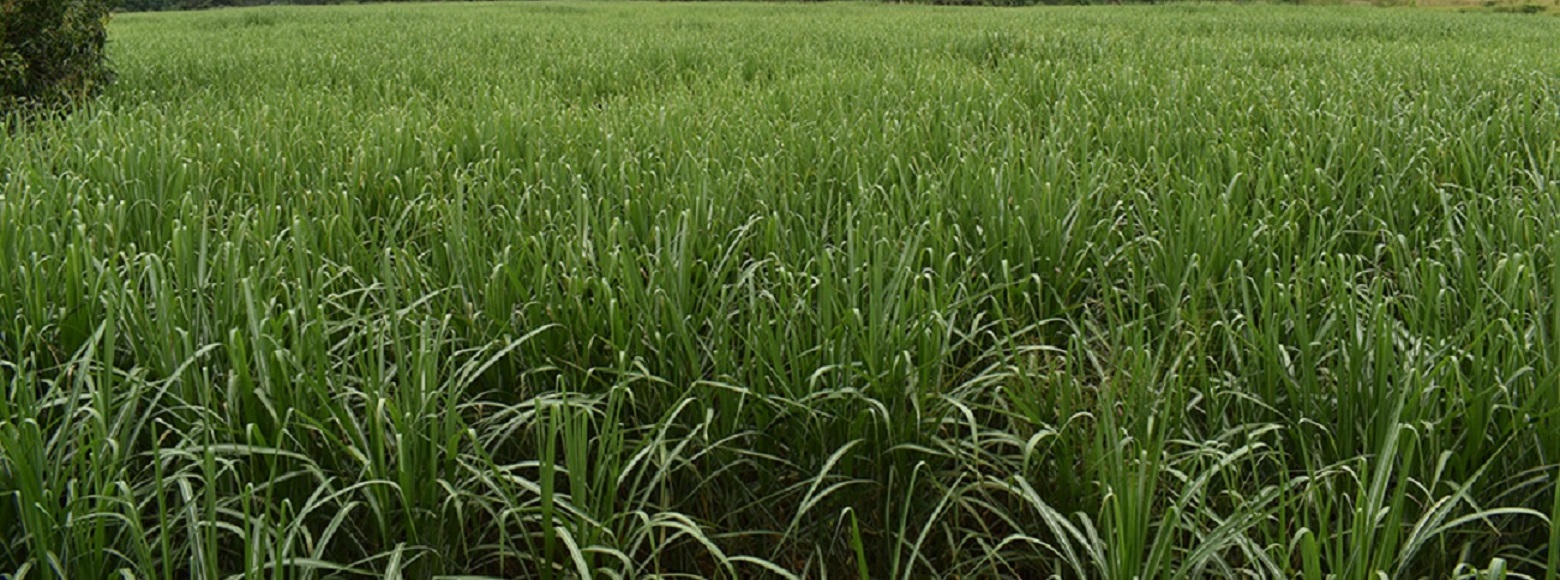Hoima District | THE BLACK EXAMINER | Bunyoro experts and beekeepers are raising concerns about the detrimental impact of expanded sugarcane cultivation in the mid-western part of Uganda, particularly in the Bunyoro region. According to Busiinge Aggrey of The Black Examiner, Lydia Kabasomi, an Apiculture Technician at Bulindi Zonal Agricultural Research Development Institute (ZARDI) in Hoima, explains in an exclusive interview that the increased scale of sugarcane farming is negatively affecting honey production in the area.
Kabasomi highlights that sugarcane flowers have low nectar content, resulting in the production of less flavorful honey compared to crops with higher nectar content. Additionally, the dull color of sugarcane flowers attracts fewer bees for nectar collection, leading to a decrease in honey production, causing scarcity in the Bunyoro region compared to the past.
The use of chemicals and herbicides in sugarcane farms is exacerbating the poor quality and quantity of honey. Kabasomi notes that the application of chemicals on sugarcane crops not only contaminates nectar but also poses a risk to bees, potentially leading to the production of black, foul-smelling, and tasteless honey.
Vegetation destruction is identified as another factor contributing to the decline in honey production in Bunyoro. The destruction of indigenous plant species, crucial for bee attraction, has resulted from agricultural expansion, settlement, and charcoal burning, particularly in Kikuube, Hoima, and Masindi districts.
Ms. Kabasomi reports that honey production in Bunyoro has decreased from 10 to six kilograms per hive per season, especially in areas where natural vegetation has been replaced by agriculture. In contrast, districts adjacent to Murchison Falls National Park in Kiryandongo still experience higher honey production.
Let Us Build Your Online Success!
We are the experts in creating visually stunning and functional websites. With reliable hosting and exceptional customer support, we bring your vision to life. Join hundreds of happy clients who trust us!
Get Started Now📞 Call/WhatsApp: +256 207 800 192
Buliisa and Kiryandongo districts stand out as better honey producers in Bunyoro due to the presence of nearby protected natural vegetation in the Murchison Falls National Park. To address the issue, Kabasomi advises farmers to follow guidelines for the use of inorganic chemicals on crops to avoid harming bees, crucial for pollination.
Furthermore, she recommends planting bee-friendly trees such as calliandra and acacia, which have brightly colored flowers attracting bees for nectar collection and quick blossom production.
Beekeepers, like Nixon Byaruhanga in Masindi district, attribute the decline in honey production to the loss of natural vegetation in favor of sugarcane cultivation. Byaruhanga calls for community awareness on the dangers of environmental degradation and irresponsible use of crop chemicals.
John Balikagira, a beekeeper in Kikuube district, emphasizes the importance of tree planting and responsible chemical use to preserve bees, stressing their role in crop pollination and achieving higher yields. He urges farmers to prioritize environmental conservation to boost honey production and enhance household income in Bunyoro.

